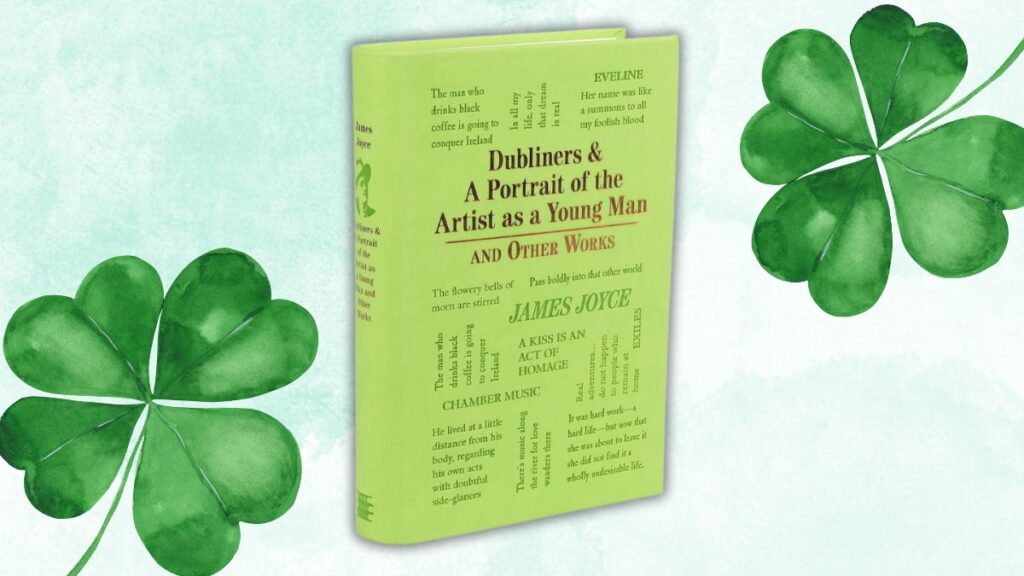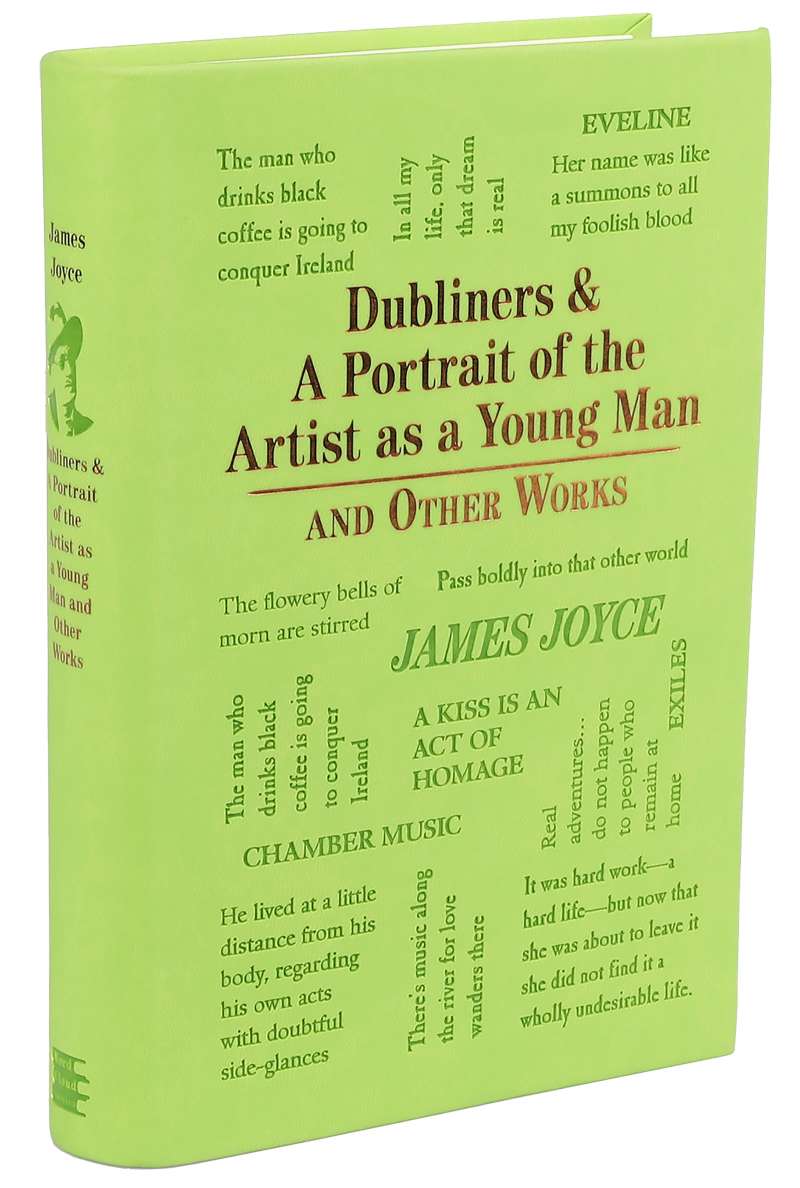By Brian Boone
A titan of Irish culture and English language literature who revolutionized the novel was born in February 1882, and in February 1920, his monumental Ulysses was first published. Here’s a walk through the life and work of James Joyce.
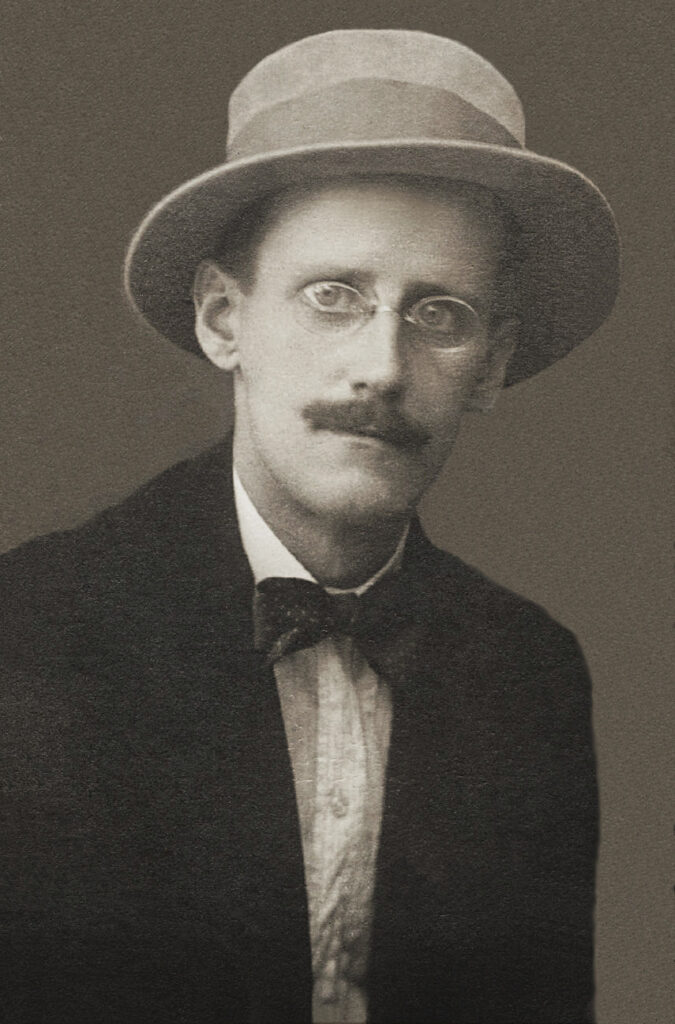
• Joyce’s first major works: a 1907 poetry book called Chamber Music, the 1914 short story collection Dubliners (including “The Dead,” the basis of a Broadway musical in the 1990s), and the largely autobiographical A Portrait of the Artist as a Young Man in 1916. But Joyce’s first published material: a poem called “Et Tu Healy,” which he wrote in 1891 at age nine.
• It comes as no surprise that Joyce was a master of language. To support his writing career (which perpetually didn’t earn the writer much money), he took a job teaching English at a Berlitz language institute. He was fluent in as many as 13 languages, including Italian, French, German, Latin, Portuguese, Spanish, Swedish, Greek, Arabic, and Sanskrit. He only learned Norwegian so he could read the works of playwright Henrik Ibsen in their original tongue.
Check out the collection of James Joyce's signature novels.
• In addition to suffering from a pronounced fear of dogs, and a fear of thunder and lightning (he wrote a 100-page essay about that), Joyce suffered from major problems with his eyes. He has 12 eye surgeries overall, and by middle age he wore a patch over one eye with eyeglasses and wrote on huge sheets of paper with a red crayon, just so he could see what he’d scribbled down.
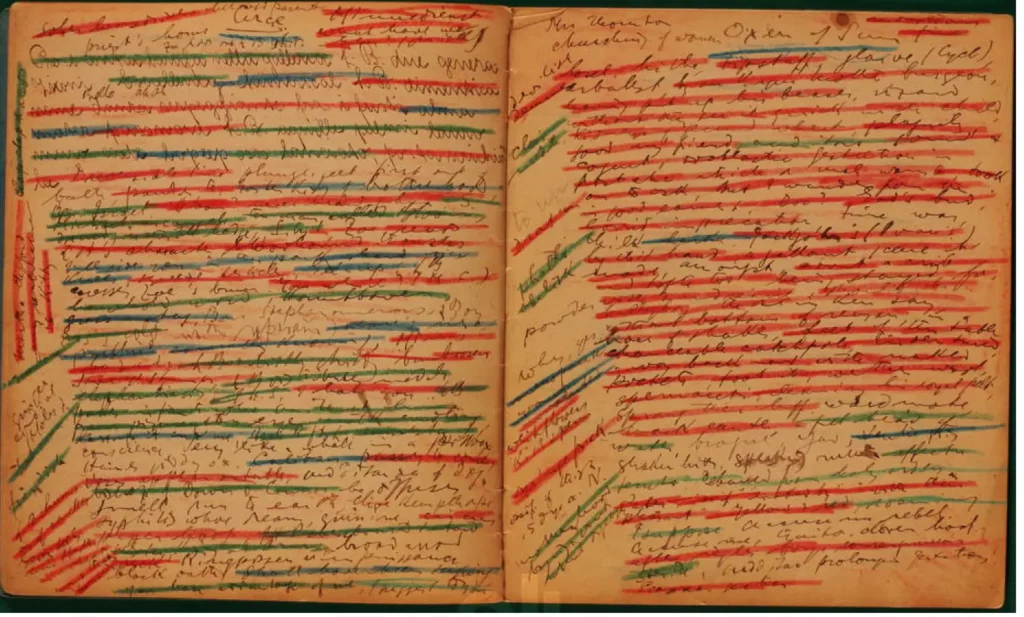
• The Modern Library Association, among other bodies, named Ulysses the greatest English-language novel of the 20th century. A sprawling epic involving dozens of characters, particularly Leo Bloom, it retells Homer’s Ancient Greek work The Odyssey, in a series of different literary styles and set over the course of a single day: June 16, 1904. That happens to be the day of Joyce’s first date with Nora Barnacle, with whom he lived for 27 years and had two children with before they married in 1931. Today the occasion is celebrated annually in Ireland and elsewhere as Bloomsday.
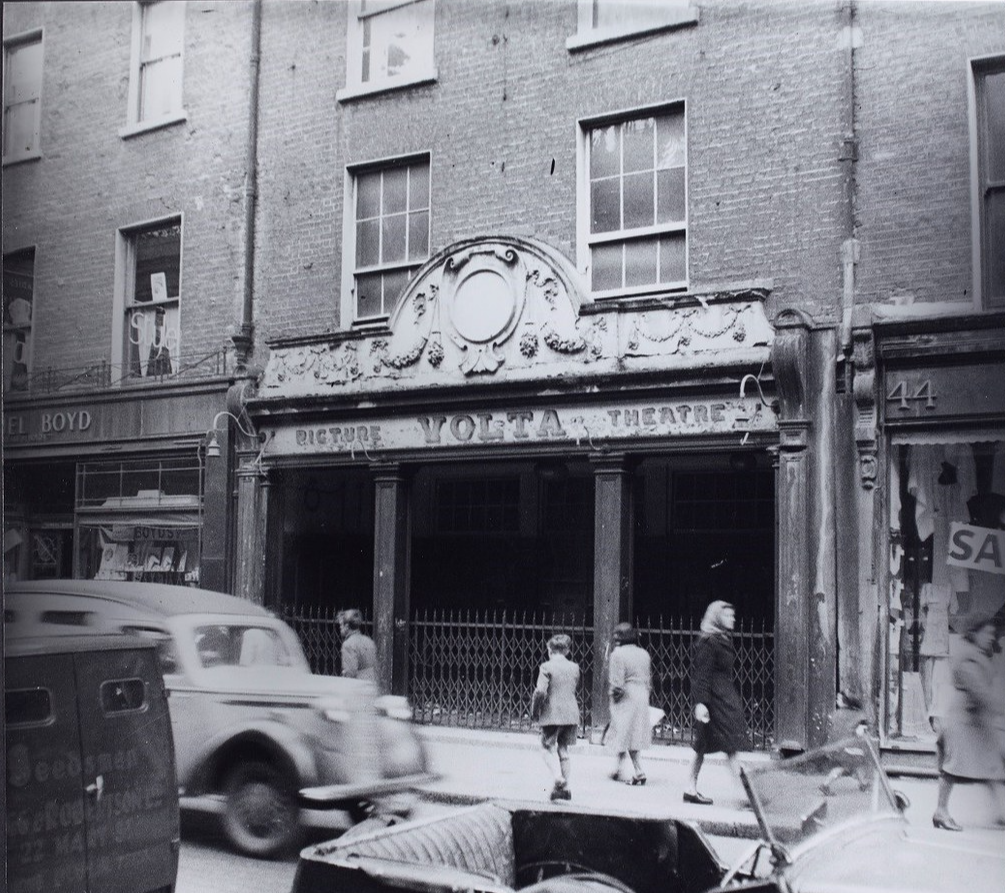
• In 1909, the Volta Cinematograph opened in Dublin, the very first movie theater in Ireland. Joyce, perpetually living just above poverty, was a chief investor, thinking it would be a quick money-making scheme. It closed in a few months.
• Published in 1939, Finnegan’s Wake is the most experimental, stream-of-conscious-based, progressive work of Joyce’s career, already full of challenging material. It’s exceptionally hard to read and understand and Joyce was unwavering in his commitment to putting his thoughts to paper as purely as possible, reader comprehension be darned. Fellow Irish literary titan Samuel Beckett took dictation from the increasingly poor-sighted Joyce on the project, and wrote down when Joyce responded to a knock at his door with “Come in.” When he read it back, Joyce told Beckett to “Let it stand.”
A lovely, leather-bound bind-up of two of Joyce’s best works, Dubliners and Portrait of the Artist as a Young Man, is available now from Canterbury Classics.








